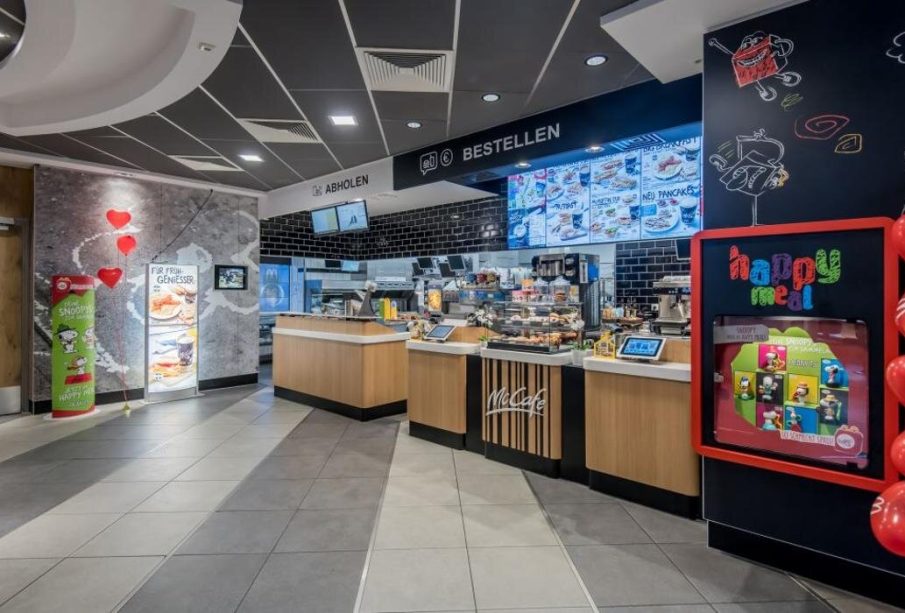McDonald’s: Innovations and Challenges Facing the Fast-Food Giant

Introduction
McDonald’s, the world-renowned fast-food chain, continues to hold a significant place in global culture and economy. Originating in 1940, this franchise has grown into a leading name in quick service restaurants. With over 39,000 locations worldwide, McDonald’s impacts employment, supply chains, and consumer trends. Understanding its recent developments is crucial as they illustrate the brand’s adaptation to changing market dynamics and consumer preferences.
Recent Innovations
In recent months, McDonald’s has unveiled several key initiatives aimed at enhancing consumer experiences and addressing health and environmental concerns. In September 2023, the chain announced its commitment to use 100% cage-free eggs in its North American restaurants by 2025, aligning with growing consumer demand for ethically sourced ingredients. Furthermore, the introduction of plant-based menu items has garnered attention, with McDonald’s testing a new range of meat alternatives in select markets, reflecting a broader trend towards healthier and sustainable eating.
Technological Advancements
The integration of technology has also transformed the way customers interact with McDonald’s. The launch of the MyMcDonald’s app continues to gain popularity, offering personalised deals and an enhanced ordering experience. In addition, the expansion of self-service kiosks across restaurants has streamlined operations, contributing to efficiency and reducing wait times. This focus on technology underscores McDonald’s strategy to remain competitive in the rapidly evolving fast-food landscape.
Challenges Ahead
Despite its successes, McDonald’s faces several challenges. The ongoing labour shortages post-pandemic have impacted staffing levels, affecting service delivery and operational efficiency. Additionally, the economic climate, characterised by inflation, is putting pressure on pricing strategies, forcing the company to navigate potential price increases that could alienate cost-sensitive customers. Moreover, as public scrutiny intensifies regarding nutrition and environmental practices, McDonald’s must continually adapt its offerings and policies to maintain its reputation.
Conclusion
In conclusion, McDonald’s remains a pivotal player in the fast-food industry, characterised by its ability to innovate and respond to consumer demands. As it embraces sustainability and technological advancements, the brand’s future appears promising, yet it must adeptly manage operational challenges and external pressures. Moving forward, the actions McDonald’s takes in response to these factors will not only shape its trajectory but also influence trends within the broader food service industry.









